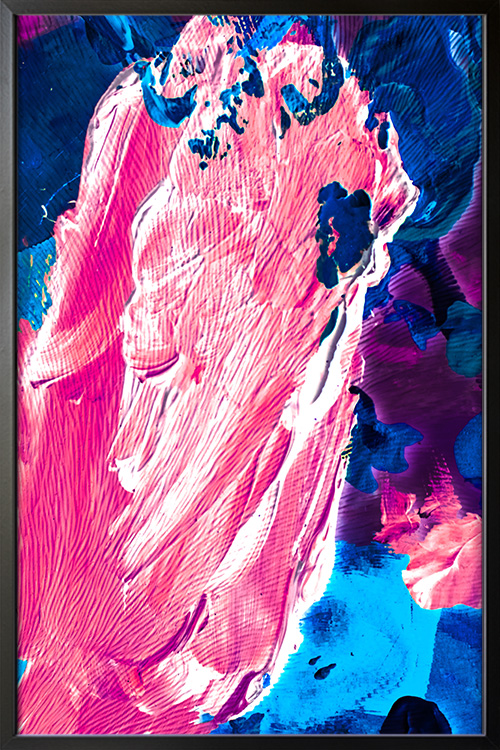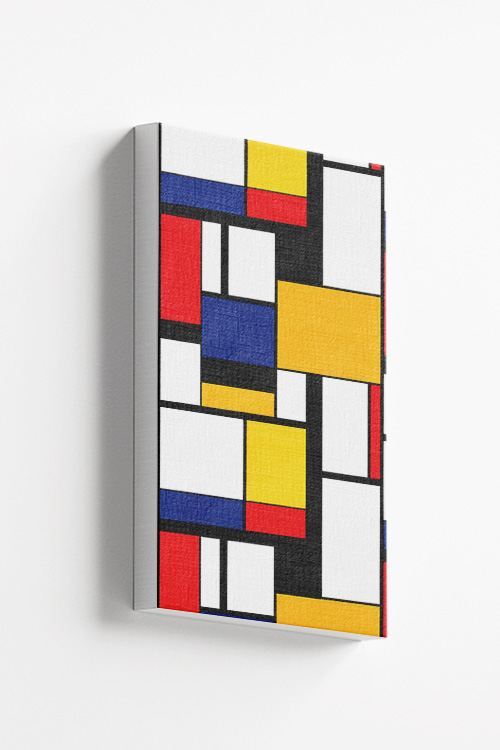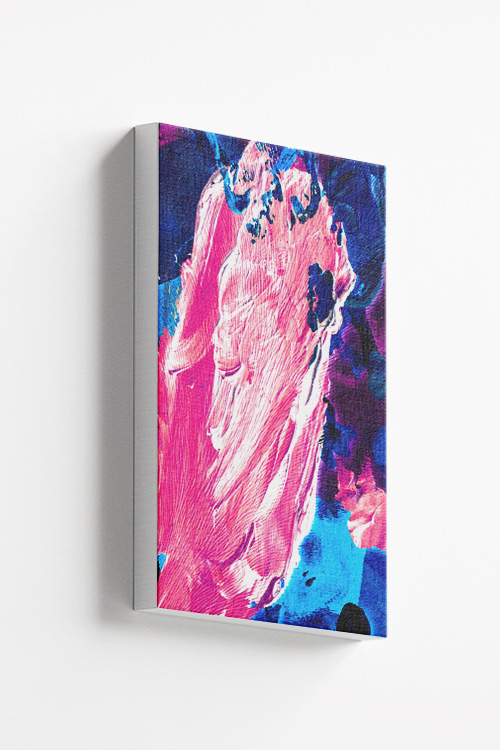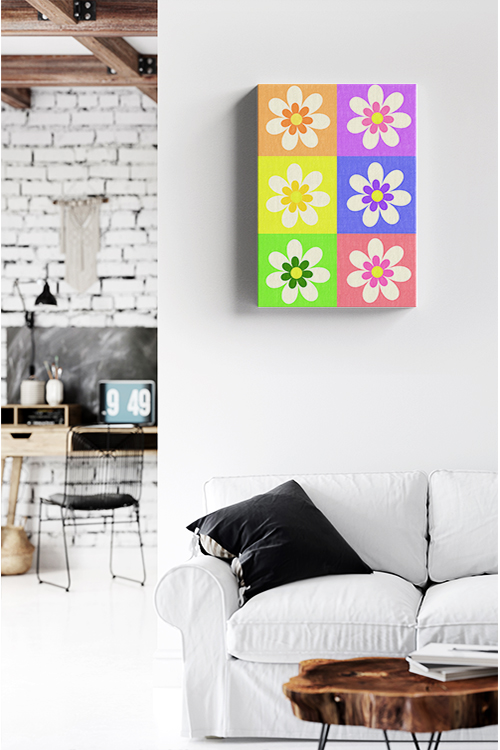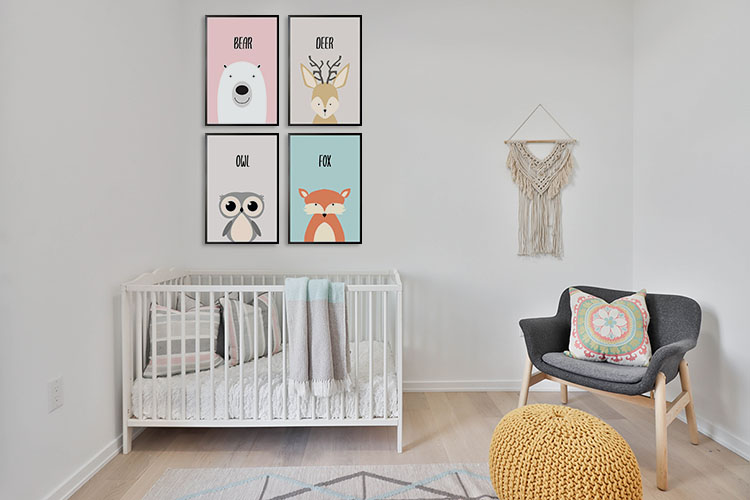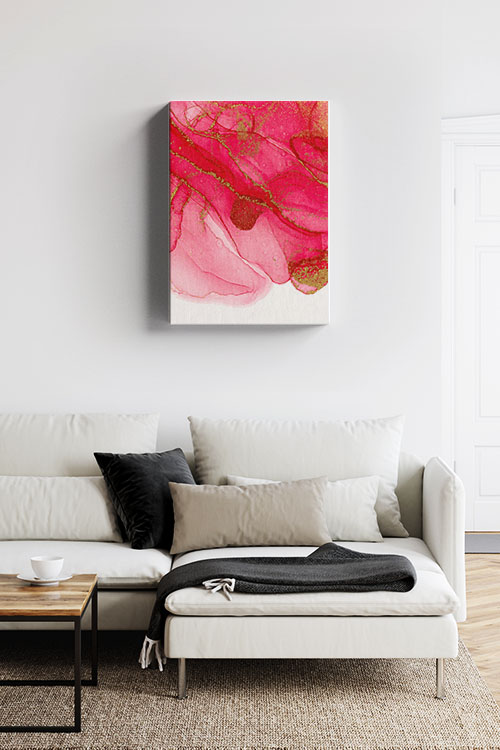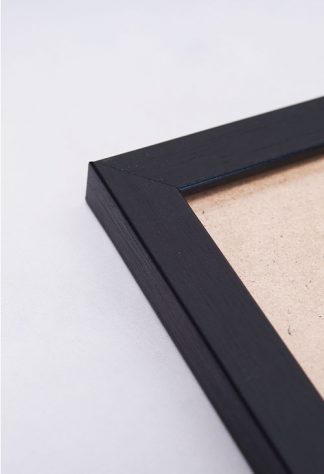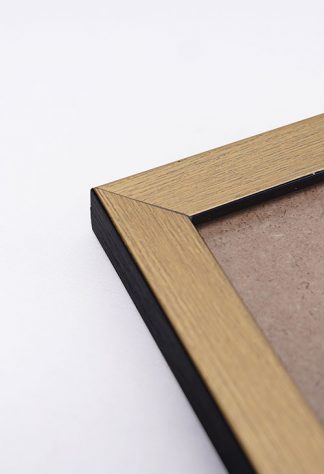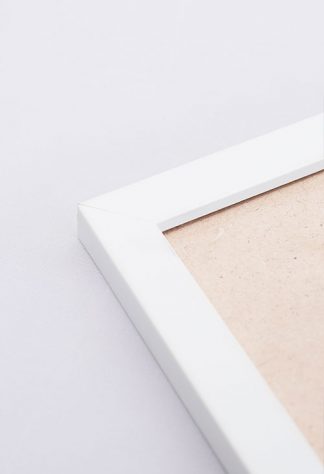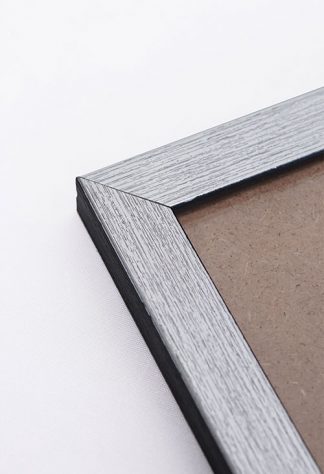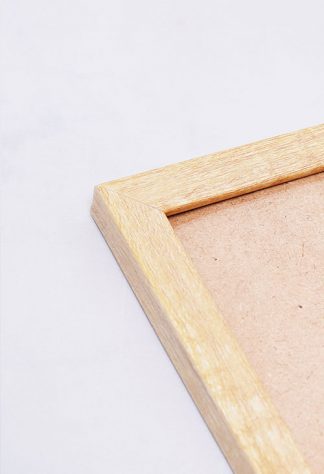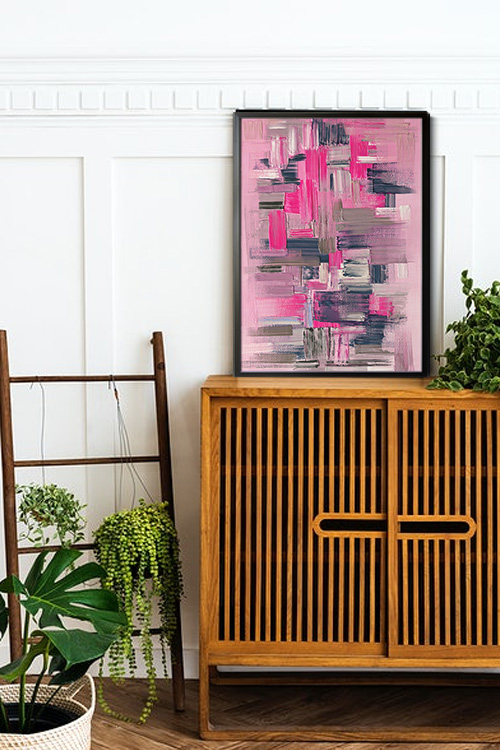
Choosing the right paint color for your space can be exciting and overwhelming. With endless options, finding the perfect hue requires careful consideration of lighting, room function, and most importantly, your personal style. This guide will help you navigate the process and confidently select a paint color that not only enhances your space but also reflects your unique taste.
Consider the Mood
Each color evokes a specific emotion, making it essential to align your choice with the atmosphere you want to create. Soft blues and greens bring a sense of calm and relaxation, making them perfect for bedrooms and bathrooms. Warm colors like red, orange, and yellow promote energy and conversation, making them ideal for dining rooms and living spaces. Neutrals such as beige, gray, and white provide versatility and can serve as a timeless backdrop.
Assess Natural and Artificial Lighting
Lighting plays a crucial role in how a paint color appears. Natural light can make colors look brighter, while artificial lighting can alter their tone. North-facing rooms often have more extraordinary, dimmer light, making colors appear slightly muted, while south-facing rooms receive warm, bright light that enhances warm tones. Understanding these lighting dynamics is key before committing to a color, so be sure to observe how it looks in different lighting conditions throughout the day.
Test Paint Samples
What looks perfect in the store may appear entirely different in your home. Instead of relying on small swatches, buy sample-sized cans of your top choices and paint large wall sections. This lets you see how the color interacts with your furniture, flooring, and décor. Live with the samples for a few days to ensure you love the color before making a final decision.
Take Inspiration from Existing Elements
If you struggle to find a starting point, look at your furniture, artwork, or textiles for inspiration. A favorite rug or artwork can be a foundation for your color palette. Consider the undertones of these elements—warm or cool—and choose a paint color that complements them.
Understand Color Undertones
Even neutral colors have undertones that can influence a room’s overall look. For example, a gray with blue undertones will feel cooler, while a gray with brown undertones will feel warmer. To avoid surprises, compare your chosen paint color to pure white to better see its underlying tones.
Use the 60-30-10 Rule.
A well-balanced color scheme follows the 60-30-10 rule. For instance, in a living room, 60% of the room could feature a dominant color on the walls, 30% could be a secondary color in the form of furniture or textiles, and 10% could be an accent color in the decor or accessories. This method ensures harmony and prevents too many competing shades from overwhelming the space.
Don’t Be Afraid to Go Bold
While neutrals are safe, bold colors can add personality and drama to a space. Deep navy, emerald green, or rich terracotta can create a stunning focal point. If committing to a bold color on all walls feels daunting, consider an accent wall or use it in a smaller space, like a powder room or hallway.
In a Nutshell
Choosing the perfect paint color requires intuition, strategy, and experimentation. By considering mood, lighting, and existing elements, you can find a hue that enhances your space and reflects your personality. With thoughtful planning and testing, your chosen color will bring new life to your home.

